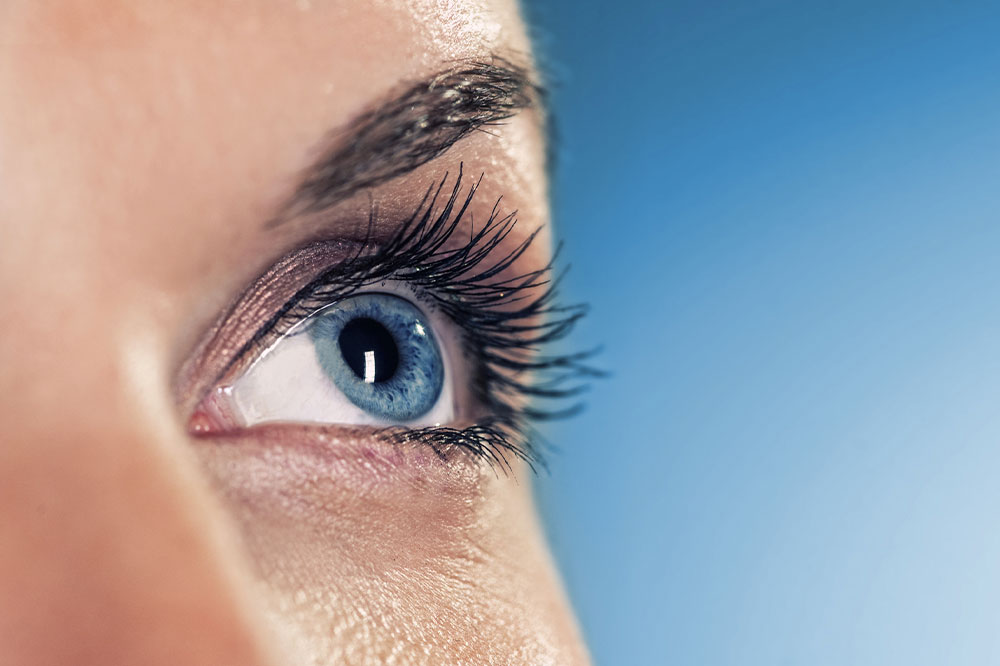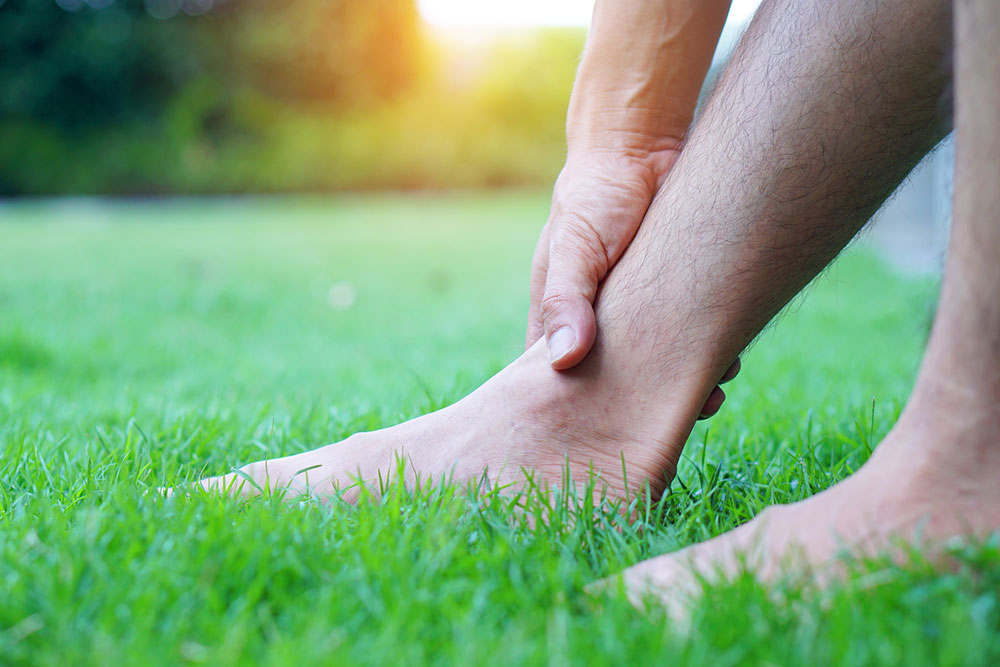4 signs of poor eye health due to high sugar
High blood sugar can lead to several diabetic eye diseases, such as glaucoma, diabetic retinopathy, cataracts, and diabetic macular edema. Several signs of poor eye health usually precede these conditions. If not treated on time, these can lead to permanent eye damage, including blindness. Thus, it is recommended to undergo eye exams regularly when a person has high blood sugar, but before that, here are some warning signs to be aware of. Poor eye health signs to look out for Blurry vision One of the most common signs of poor eye health due to high sugar levels is blurry vision. If the level of sugar in the blood exceeds a certain limit, it can cause the eye lenses to swell. This affects the vision, making things appear blurry and unclear. Many people often mistake this sign for a change in the power of their prescription glasses. However, if someone has high blood sugar, it is best to get the sugar levels checked and consult a doctor. Experiencing a glare in vision High sugar levels can make the lens of the eyes cloudy. The internal lens of the eyes work similarly to a camera. So whenever the lens gets cloudy, the eyes cannot focus on objects and cannot see properly.
Read More 









